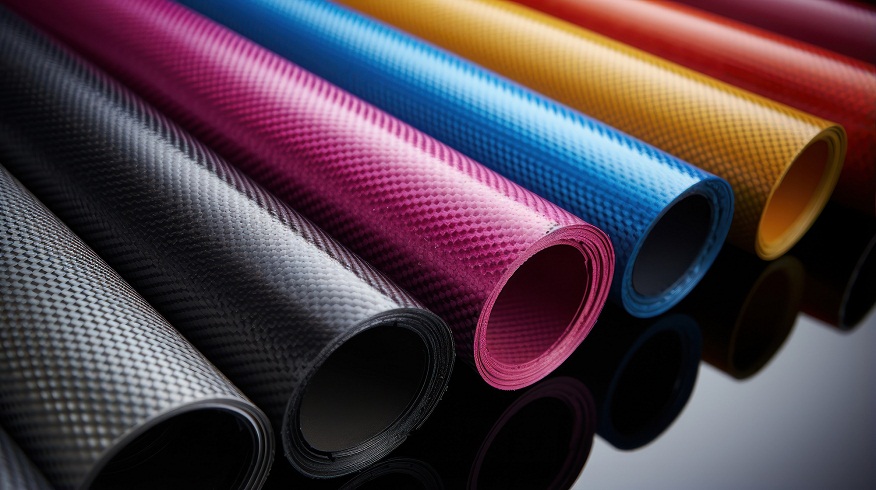From aerospace and automotive to energy and construction, composite materials are driving innovation across countless modern industrial sectors.
What are Composites?
At their core, composites combine two or more materials with different physical and chemical properties to create a new material with enhanced characteristics that outperform traditional options.
The most common composites consist of a reinforcement material like carbon or glass fibers suspended within a binding matrix material like epoxy, polyester, or other thermoset polymers. Strategically orienting the strong reinforcement fibers within the tough matrix means engineers can create the composite with optimized properties.
Composite materials provide outstanding strength-to-weight ratios, stiffness, corrosion resistance and fatigue durability compared to metals or other monolithic materials. Their properties can also be customized based on a product’s unique requirements.
Lightweight Yet Robust
One of the primary advantages of composite materials lies in their ability to offer exceptional strength and rigidity while remaining extremely lightweight. This makes them ideal for applications where reducing weight is critical.
For instance, composites enable the manufacture of stronger but lighter structural components for aerospace, automotive and transportation uses, improving fuel efficiency and reducing emissions. That’s why advanced carbon fiber composites are a staple in aircraft and high-performance vehicles.
Beyond just weight savings, composites also have superior corrosion resistance compared to metals. This durability makes them well-suited for harsh operating environments like oil/gas, marine and chemical industrial applications. Their long lifespan reduces inspection and maintenance needs too.
Design Versatility
Composites allow product designers far greater geometric and aesthetic flexibility compared to working with isotropic materials like metals. Their engineered properties even enable the creation of unique structural geometries that would be impossible to manufacture from other materials.
This design versatility is hugely advantageous in sporting goods like golf clubs, bicycle frames and other equipment where specialized shapes can optimize performance characteristics. It is also valuable for creating custom components with integrated functions like electrical conductivity.
The experts at Aerodine Composites say that in construction, advanced industrial composites like fiber-reinforced polymer (FRP) are increasingly used to create longer-lasting, more resilient infrastructure like bridges, repair wraps for aging structures, and architectural façades with distinctive curved designs.
Sustainability Benefits
As industries look to reduce their environmental footprint, composites offer an opportunity for greener, more sustainable manufacturing processes. Many composite materials can be produced using renewable, plant-based sources rather than petroleum.
Composite products themselves also align with circular economy principles because of their durability and recyclability. Rather than rusting away, composites maintain structural integrity for decades with minimal maintenance, reducing materials waste.
At the end of their lifecycle, composites can be broken down and reused to create new composites through processes like regrinding and remolding. Leading manufacturers have already shown closed-loop composite recycling systems.
Emerging Applications
While composites have an established presence, researchers and companies are continuously finding novel ways to leverage their unique properties. For example, renewable energy composites enable the manufacture of longer, lighter wind turbine blades to capture more wind power.
Conversely, industrial composites are being evaluated for a new generation of ultra-deepwater oil and gas exploration equipment to withstand immense pressures. Specialty composites could even help realize carbon capture systems to mitigate climate change.
In electronics, composites offer promising applications in additive manufacturing (3D printing), wearables and the coming wave of 5G/6G communication technologies. Their unique electrical properties could revolutionize telecommunications, sensors, and computing systems.
Conclusion
As new innovations emerge to optimize production, reduce costs, and improve material performance, the future applications of advanced composites are virtually limitless across the industrial landscape. Their versatility and sustainability will help modern industries continue pushing boundaries and reshaping entire market sectors.



